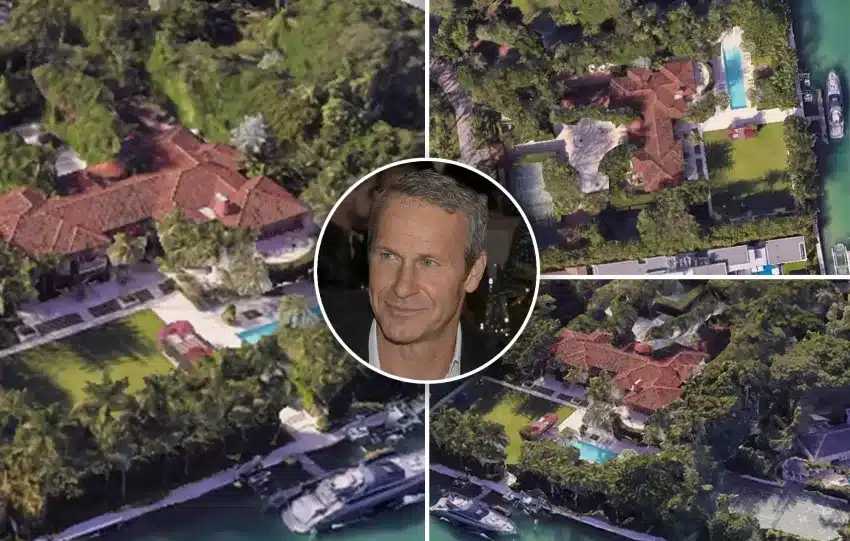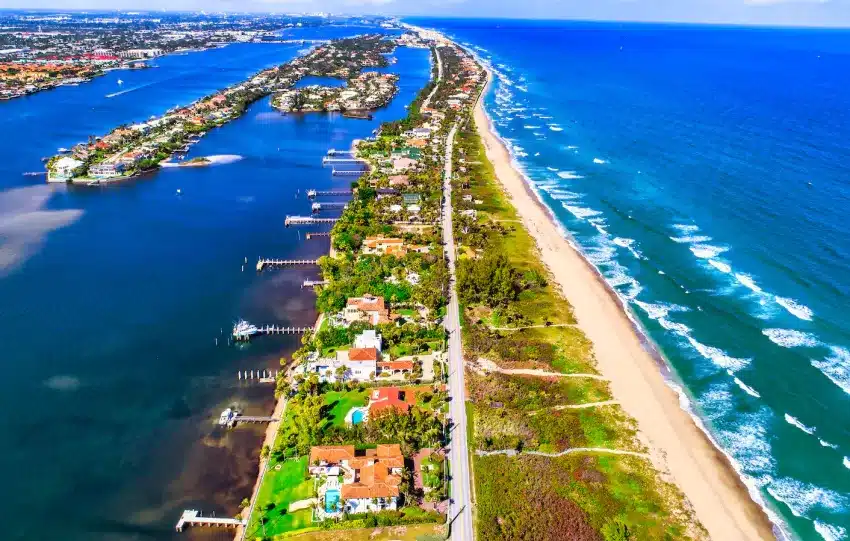Key Takeaways
- St. Louis maintains its top spot in the WSJ/Realtor.com luxury housing market ranking for its affordability and urban appeal.
- Detroit follows closely as the second most attractive luxury market, despite a slight decrease in median prices.
- The Midwest consistently ranks high due to affordable luxury options and stable climates, with cities like Minneapolis securing a spot in the top 10.
- Santa Barbara stands out as the most expensive luxury market, with significant demand for high-end properties.
- San Diego has seen a notable inventory increase and a drop in prices, making it a more attractive option for luxury buyers.
- The Sunbelt saw a shift in popular markets, with Asheville and Prescott emerging as attractive luxury destinations.
- A noted decline in Southeast city rankings, attributed to rising inventories and stagnant demand.
In recent years, the landscape of luxury housing in the United States has evolved significantly, with affluent buyers exploring new markets for investment and living. The latest rankings from the WSJ/Realtor.com have highlighted a dynamic shift in the top luxury markets, signaling changing preferences among high-net-worth individuals. This blog post delves into the driving factors behind the rankings, shedding light on the emerging luxury hotspots across the nation.
Analyzing the Rankings: Top Luxury Markets
1. St. Louis: A Leader in Affordable Luxury
St. Louis, Missouri, has once again clinched the top spot in the WSJ/Realtor.com luxury housing market ranking. The city’s continued dominance is attributed to its unique blend of affordability and urban appeal. With a median luxury home price significantly lower than other prominent markets, St. Louis offers an attractive option for luxury buyers looking to maximize their investments. The city’s thriving cultural scene, historic neighborhoods, and robust economy make it a desirable destination for both residents and investors.
2. Detroit: Resilient in Appeal Despite Price Adjustments
Trailing closely behind St. Louis is Detroit, Michigan, a city that has garnered attention for its revitalized neighborhoods and vibrant real estate market. Although Detroit experienced a slight decrease in median home prices, its appeal as a luxury market remains strong. The city’s rich history, coupled with ongoing urban renewal projects, continues to attract buyers seeking unique opportunities in the luxury sector.
3. The Midwest: A Haven for Affordable Options
The Midwest emerges as a consistent performer in the luxury housing market, with cities like Minneapolis securing a place in the top 10. The region’s affordability, coupled with its reputation for stability and safe climates, makes it a preferred choice for luxury buyers. The steady appreciation of property values in Midwestern cities underscores their potential for long-term investment gains.
Coastal Allure and Inventory Surges
4. Santa Barbara: The Apex of Luxury Living
Santa Barbara, California, stands out as the epitome of luxury living, boasting some of the most expensive properties in the nation. The city’s idyllic coastal setting, combined with its exclusive lifestyle offerings, creates unparalleled demand for high-end real estate. Despite the steep price tags, Santa Barbara’s allure remains strong, attracting buyers from across the globe.
5. San Diego: A Buyer’s Market in Transition
San Diego’s luxury housing market has undergone significant changes, marked by an increase in inventory and a decrease in prices. The expansion in available properties presents an opportunity for buyers looking to capitalize on the city’s desirable climate and coastal charm. This shift in dynamics has bolstered San Diego’s popularity as a more accessible luxury market.
Emerging Destinations: Sunbelt and Beyond
6. Sunbelt Shifts: Asheville and Prescott on the Rise
The Sunbelt region has witnessed a notable shift in luxury markets, with Asheville, North Carolina, and Prescott, Arizona, making their mark. These cities offer buyers an appealing blend of natural beauty, cultural richness, and favorable price points. The growth in popularity of these locations indicates a trend towards seeking luxury in less traditional settings.
7. Southeast Declines: Navigating Market Transformations
Conversely, the Southeast has seen a decline in some of its previously booming luxury markets, such as Nashville and Atlanta. This can be attributed to rising inventories outpacing demand, leading to stagnation in pricing. However, these markets continue to remain significant due to their established infrastructure and ongoing development initiatives.
A Dynamic Luxury Landscape
The U.S. luxury housing market is characterized by dynamic shifts and emerging trends, with new destinations challenging traditional strongholds. From the affordable urban luxury of the Midwest to the coastal opulence of Santa Barbara, affluent buyers are branching out, seeking new opportunities and experiences. As the market continues to evolve, staying informed and adaptable will be key for those looking to invest in the nation’s luxury real estate sector.
Discover Where Opportunity Meets Luxury
Looking for exclusive insights and access to some of the most coveted luxury properties? Visit POCKETLISTING — your private gateway to off-market listings, elite market trends, and unparalleled investment opportunities.






